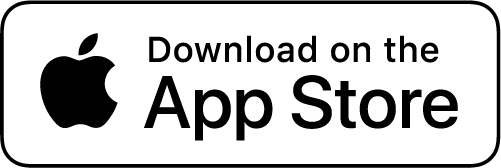You can leave your data in this form. The taxi administration will review your request and contact you!
- Support@whiteservice.com.au
- 1300624745
- Sydney, Australia
Drive with us.
Driver registration form.
Lorem ipsum dolor sit amet, consectetur adipiscing elit. Ut elit tellus, luctus nec ullamcorper mattis, pulvinar dapibus leo.



